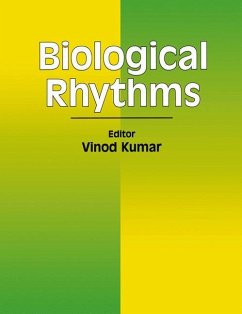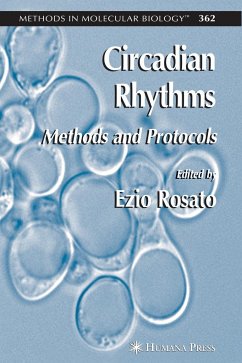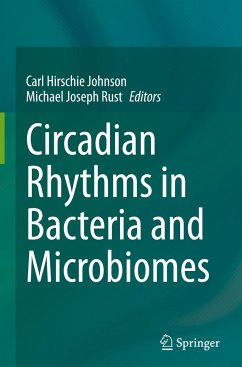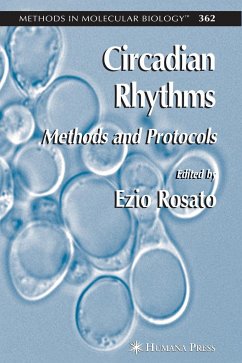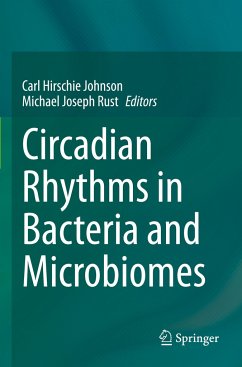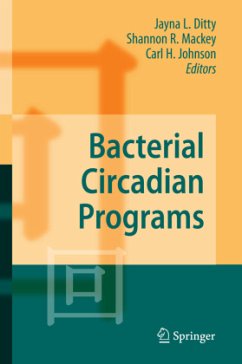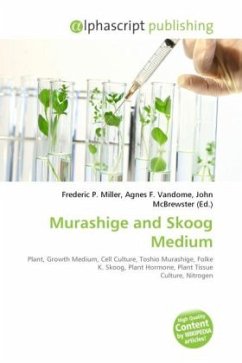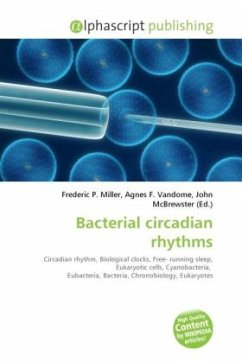
Bacterial circadian rhythms
Versandkostenfrei!
Versandfertig in 6-10 Tagen
30,99 €
inkl. MwSt.

PAYBACK Punkte
15 °P sammeln!
High Quality Content by WIKIPEDIA articles! Bacterial circadian rhythms, like other circadian rhythms, are endogenous "biological clocks" that have the following three characteristics: (a) in constant conditions (i.e. constant temperature and either constant light {LL} or constant darkness {DD}) they oscillate with a period that is close to, but not exactly, 24 hours in duration, (b) this free-running rhythm is temperature compensated, and (c) the rhythm will entrain to an appropriate environmental cycle. Until the mid-1980s, it was thought that only eukaryotic cells had circadian rhythms. It ...
High Quality Content by WIKIPEDIA articles! Bacterial circadian rhythms, like other circadian rhythms, are endogenous "biological clocks" that have the following three characteristics: (a) in constant conditions (i.e. constant temperature and either constant light {LL} or constant darkness {DD}) they oscillate with a period that is close to, but not exactly, 24 hours in duration, (b) this free-running rhythm is temperature compensated, and (c) the rhythm will entrain to an appropriate environmental cycle. Until the mid-1980s, it was thought that only eukaryotic cells had circadian rhythms. It is now known that cyanobacteria (a phylum of photosynthetic eubacteria) have well documented circadian rhythms that meet all the criteria of bona fide circadian rhythms. In these bacteria, three key proteins whose structures have been determined (i) can form a molecular clockwork that orchestrates global gene expression and (ii) can reconstitute an oscillator in vitro. This system enhances the fitness of cyanobacteria in rhythmic environments.



